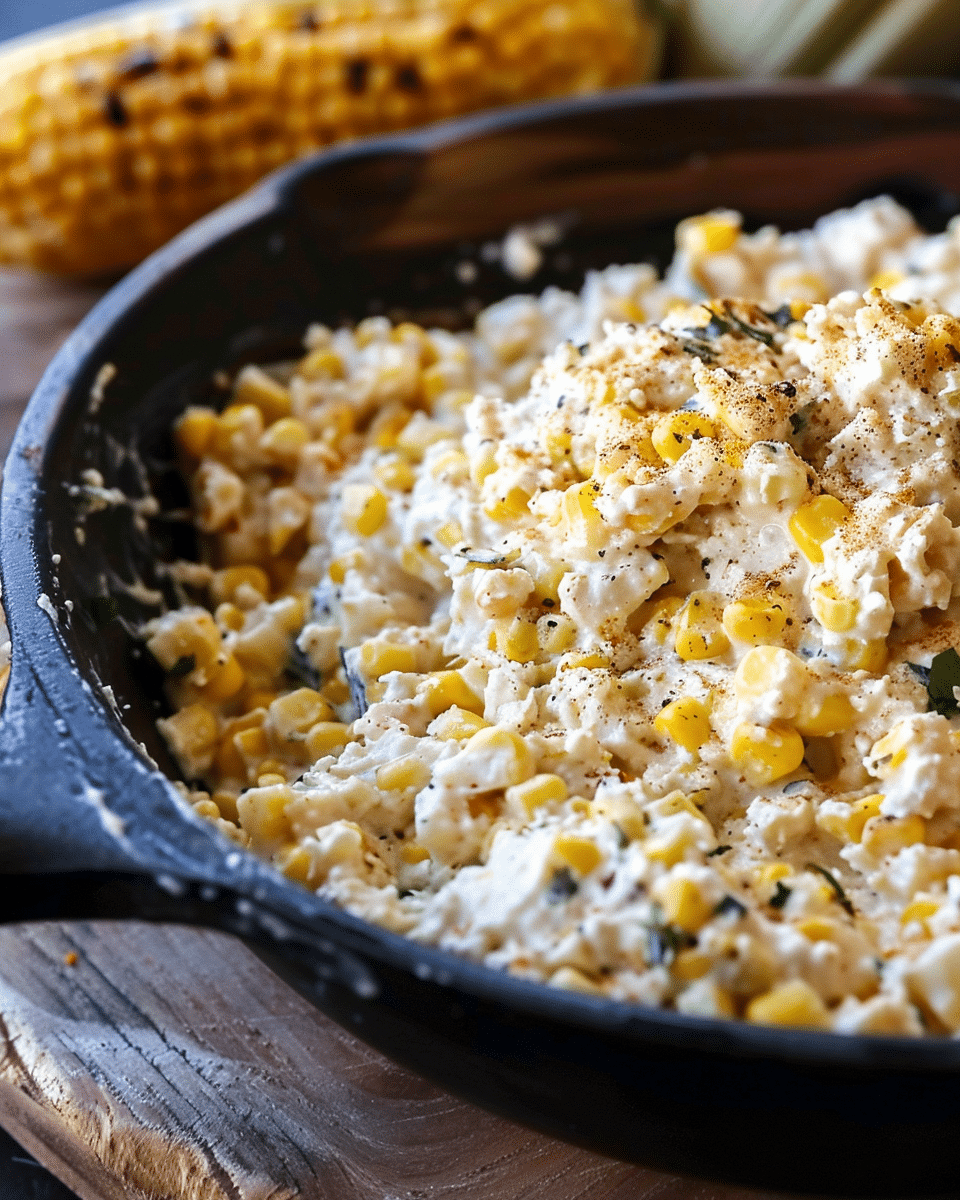Cacio e Pepe is a classic Roman pasta dish known for its Cacio e Pepe sauce, which is simple yet decadent. The name translates to “cheese and pepper,” the main ingredients of the sauce, embodying the Italian culinary tradition of using minimal ingredients to create bold flavors.
Origin of Cacio e Pepe
Cacio e Pepe has its roots in Roman cuisine. People have enjoyed this dish for centuries, and they have made it with ingredients that have been staples in Italian cooking for even longer. Generations have passed down the recipe, and it remains a favorite in both home kitchens and restaurants today. Learn more about Cacie e Pepe’s History
What Is Cacio e Pepe Sauce Made Of?
Cacio e Pepe sauce is made of Pecorino Romano cheese, freshly ground black pepper, and reserved starchy pasta water. These ingredients are combined to create a creamy, flavorful sauce that perfectly coats the pasta, delivering a rich and satisfying dish with a hint of peppery heat.
Ingredients
The beauty of Cacio e Pepe lies in its simplicity, and this is reflected in its minimal ingredient list. Despite the short list, each component plays a crucial role in creating the rich and creamy sauce that characterizes this iconic Roman dish. Below are the primary ingredients used in making Cacio e Pepe:
1. Pecorino Romano Cheese
- Type: Hard, salty Italian cheese made from sheep’s milk.
- Role: Provides the dish with a rich, tangy flavor and creamy texture when melted.
- Substitute: While Pecorino Romano is traditional, Parmesan can be used in a pinch.
2. Black Pepper
- Type: Freshly ground black peppercorns.
- Role: Adds heat and aroma, balancing the richness of the cheese.
- Note: It’s essential to use freshly ground pepper to achieve the right flavor profile.
3. Pasta
- Type: Traditionally spaghetti or tonnarelli, but other pasta types like bucatini or rigatoni can also be used.
- Role: Serves as the base of the dish, carrying the flavors of the cheese and pepper.
- Note: The choice of pasta can affect the texture and mouthfeel of the final dish.
4. Pasta Water
- Type: The starchy water in which the pasta is cooked.
- Role: Helps emulsify the cheese and pepper, creating a smooth, clingy sauce.
- Note: Reserved pasta water should be added gradually to achieve the desired sauce consistency.
Optional Ingredients
While the traditional Cacio e Pepe recipe calls for only these three main ingredients, some variations include a small amount of butter or olive oil to add richness and ensure a silky sauce. However, purists often prefer to stick to the original trio of ingredients to enjoy the authentic taste of Cacio e Pepe.
Ingredient Proportions
For a classic Cacio e Pepe recipe serving four people, you might use:
- Spaghetti or other pasta: 400 grams
- Pecorino Romano Cheese, finely grated: 2 cups
- Freshly Ground Black Pepper: 2 teaspoons
Choosing Quality Ingredients
Given the minimalism of Cacio e Pepe, selecting high-quality ingredients is paramount. Opt for authentic Pecorino Romano cheese and freshly grind black peppercorns for the best flavor. The quality of the pasta is also crucial, as it impacts the texture and overall eating experience of the dish.
Preparation
The preparation of Cacio e Pepe is as straightforward as its ingredient list, yet it requires attention to detail to achieve the perfect balance of flavors and textures. Below is a step-by-step guide to preparing this classic Roman dish:
1. Cooking the Pasta:
- Water Preparation: Start by bringing a large pot of salted water to a boil.
- Pasta Choice: Add your choice of pasta (traditionally spaghetti or tonnarelli) to the boiling water.
- Cooking Time: Cook the pasta until it is al dente, following the package instructions for timing.
- Reserving Pasta Water: Before draining the pasta, reserve about a cup of the pasta water. This starchy water is crucial for forming the sauce later on.
2. Preparing the Cheese:
- Grating the Cheese: While the pasta is cooking, finely grate the Pecorino Romano cheese. The fine texture ensures that the cheese will melt smoothly into the sauce.
- Combining Cheese and Pepper: In a separate bowl, combine the grated cheese with freshly ground black pepper. You can adjust the amount of pepper based on your preference for heat.
3. Combining Pasta, Cheese, and Pepper:
- Mixing Ingredients: Transfer the drained pasta to a warm bowl or back into the pot.
- Adding Cheese Mixture: Sprinkle the cheese and pepper mixture over the hot pasta.
- Adding Pasta Water: Gradually add the reserved pasta water while tossing the pasta and cheese mixture together. The heat from the pasta and the starchy water will melt the cheese, creating a creamy, emulsified sauce that coats each strand of pasta.
4. Adjusting the Consistency:
- Adding More Water if Needed: If the sauce is too thick, add a bit more pasta water until the desired consistency is achieved. The sauce should be creamy and cling to the pasta without being clumpy.
- Final Seasoning: Taste the pasta and adjust the seasoning, adding more pepper or a pinch of salt if needed.
5. Serving the Dish:
- Plating: Once the pasta is evenly coated with the sauce, plate it in warm dishes.
- Garnishing: Serve the Cacio e Pepe with an extra sprinkle of freshly ground black pepper and a generous handful of additional grated Pecorino Romano cheese on top.
- Serving Immediately: Cacio e Pepe is best enjoyed immediately while the sauce is fresh and creamy.
Tips for Perfect Cacio e Pepe:
- Use Freshly Ground Pepper: Freshly ground black pepper provides the best flavor and aroma.
- Finely Grate the Cheese: Ensure the cheese is finely grated for smooth melting.
- Reserve Enough Pasta Water: Don’t forget to reserve pasta water before draining the pasta as it is essential for the sauce.
- Add Pasta Water Gradually: Add the pasta water a little at a time to avoid making the sauce too runny.
In conclusion, while the preparation of Cacio e Pepe is simple, attention to each step and detail is essential to create a dish that is rich, creamy, and bursting with flavor. Enjoy the process of bringing together these humble ingredients to create a timeless Italian classic that is sure to delight your palate. Buon Appetito!
Variations of Cacio e Pepe
Cacio e Pepe is a beloved dish for its simplicity and robust flavors. However, chefs and home cooks alike enjoy adding their unique twists to this classic recipe, creating variations that offer different textures, flavors, and visual appeal. Below are some popular variations of Cacio e Pepe and additional ingredients you can incorporate to make the dish your own.
1. Different Types of Pasta:
- Using Different Pasta Shapes: While traditional Cacio e Pepe is made with spaghetti or tonnarelli, you can use other pasta shapes like rigatoni, fettuccine, or penne to change the dish’s texture and appearance.
- Gluten-Free Pasta: For those with dietary restrictions, gluten-free pasta can be used as an alternative, ensuring everyone can enjoy this delightful dish.
2. Additional Ingredients:
- Incorporating Proteins: Add grilled chicken, shrimp, or pancetta to the dish for extra flavor and protein.
- Vegetable Add-Ins: Enhance the nutritional profile by adding vegetables like peas, asparagus, or cherry tomatoes.
- Herbs and Spices: Fresh basil, parsley, or a hint of lemon zest can add a refreshing note to the rich and creamy Cacio e Pepe.
3. Creamier Sauce:
- Using Cream or Butter: Some variations include a dollop of cream or a pat of butter to make the sauce even richer and creamier.
- Cheese Variations: Apart from Pecorino Romano, other cheeses like Parmesan or Grana Padano can be used for a different flavor profile.
4. Vegan Cacio e Pepe:
- Plant-Based Alternatives: Create a vegan version by using plant-based pasta and a vegan cheese substitute. Black pepper remains a constant, ensuring the dish retains its characteristic heat.
5. Cacio e Pepe with a Crunch:
- Adding Nuts: Toasted pine nuts or walnuts add a delightful crunch and nutty flavor to Cacio e Pepe.
- Breadcrumb Topping: Sprinkle toasted breadcrumbs on top for added texture and a rustic touch.
6. Seafood Cacio e Pepe:
- Incorporating Seafood: Elevate Cacio e Pepe by adding seared scallops, prawns, or clams, infusing the dish with exquisite seafood flavors.
Tips for Successful Variations:
- Balance is Key: When adding extra ingredients, ensure they complement rather than overpower the fundamental flavors of cheese and pepper.
- Quality Ingredients: Regardless of the variation, use high-quality ingredients for the best results.
- Experiment: Don’t hesitate to experiment with different ingredients and flavors to create a Cacio e Pepe that resonates with your taste preferences.
FAQs
What does cacio e pepe taste like? Cacio e Pepe boasts a rich, creamy flavor with a sharp, cheesy tang and a warm, peppery finish.
What does cacio mean in Italian? “Cacio” in Italian translates to “cheese,” specifically referring to a type of sheep’s cheese.
Is Cacio e Pepe like alfredo? While both are creamy, Cacio e Pepe uses cheese and pepper, unlike Alfredo which primarily uses butter and Parmesan.
What nationality is Cacio e Pepe? Cacio e Pepe is a traditional Italian dish, originating from the Roman cuisine.
Why is it called cacio Pepe? It’s named for its key ingredients: “cacio” meaning cheese and “pepe” meaning pepper in Italian.
Is Cacio e Pepe same as carbonara? No, Cacio e Pepe and Carbonara are different. Carbonara includes eggs and pancetta, which Cacio e Pepe does not.
Conclusion
In conclusion, Cacio e Pepe is a timeless Italian dish that celebrates the beautiful flavors of Pecorino Romano cheese and black pepper. Its simplicity is its strength, allowing the quality of the ingredients to shine. By following the traditional recipe and techniques, you can create a perfect bowl of Cacio e Pepe at home, bringing a taste of Rome to your dining table. Enjoy the process of cooking and savor every bite of this exquisite pasta dish. Buon Appetito!








